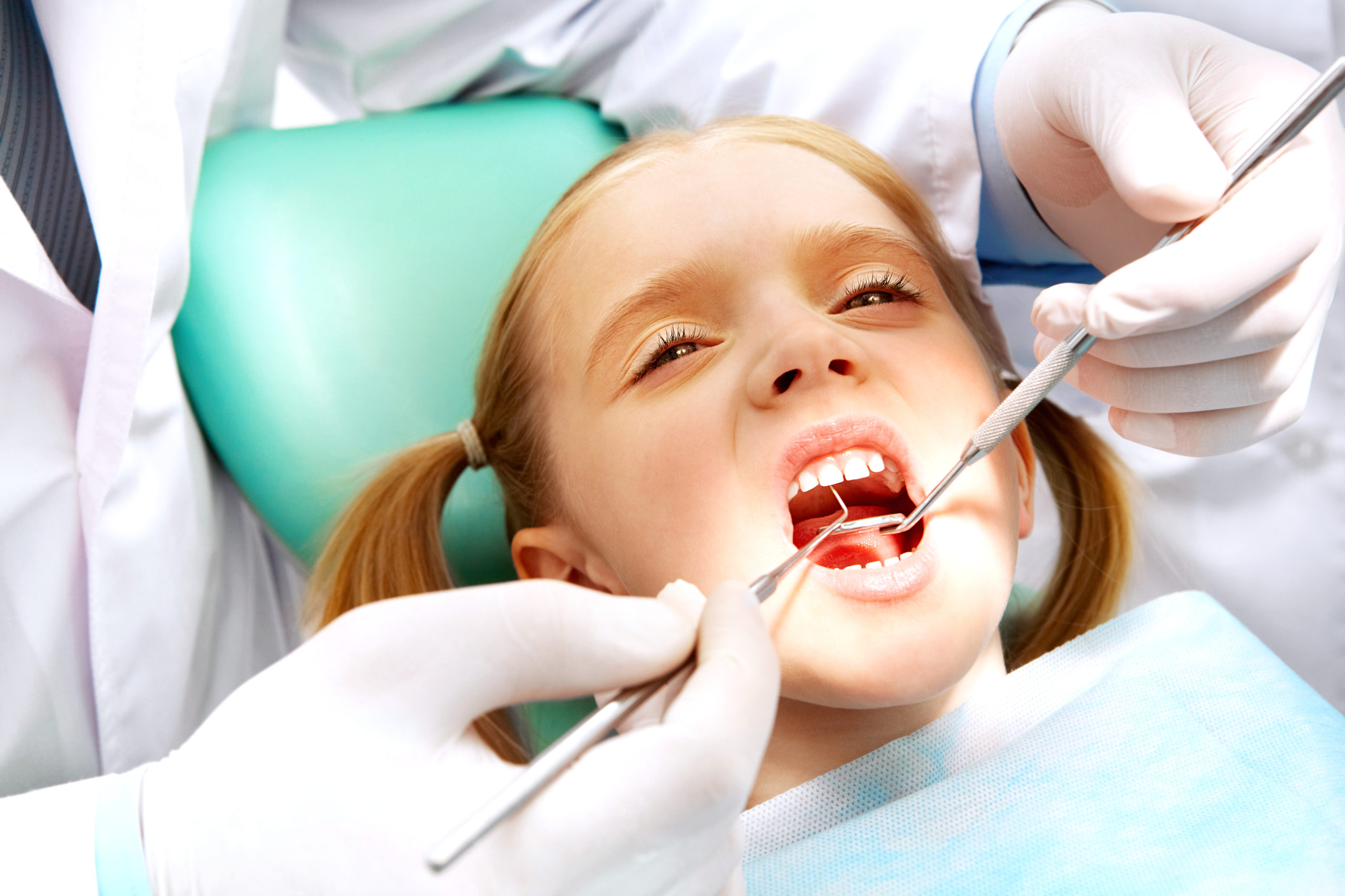
A cavity is a hole in a tooth that develops from tooth decay. Cavities form when acids in the mouth wear down, erode a tooth’s hard outer layer (enamel). It is an irreversible process that can be treated very successfully with proper dental care. Anyone can get a cavity. 80% of our population will have at least one cavity by age thirty. Proper brushing, flossing, and diet can prevent cavities (also referred to as caries).
Types of Cavities
- Pit and fissure cavities: Mostly occur between the ages of five and nineteen. The decay process starts on the tops of our teeth, in the grooves.
- Smooth Surface cavities: These cavities occur mostly after the age of nineteen. They are found in between our teeth. Brushing alone will not prevent these cavities. Flossing at least once every day before bedtime is essential.
- Root decay cavities: As we age our gum and bone recedes exposing the roots of our teeth. The roots are not covered with enamel, they are softer and more prone to the decay process. These cavities can be difficult to repair.
Causes Of Tooth Decay
Decay is caused by acid eroding the enamel of the tooth. Sugar in the form of sucrose ( a simple six-carbon compound) comes into contact with the bacteria that live in our mouth. One bacteria in particular (streptococcus mutans) acts on the sugar to produce the acid that causes decay. Other bacteria that partici[pate in this process are the lactobacilli. Complex carbohydrates (sugary foods that we eat) that are fermentable can be easily broken down to sucrose by our saliva. Thus anything that lowers the PH (relative acidity of the environment in the mouth) will increase the formation of cavities.
Risk Factors For Tooth Decay
- Sjogren’s Syndrome is an immune syndrome characterized by dry eyes and mouth
- Xerostomia, know as ”dry mouth”. Any condition that reduces saliva flow will increase the risk of decay, ie salivary stones
- Medications that lead to dry mouth, ie antidepressants, antihistamines
- Sugary food and drinks that contain simple sugars such as cane sugar
- Family history of decay including genetic disorders ie amelogenesis imperfecta
- Radiation of head and neck for treatment of Cancer
- Poor oral home care
- Not visiting the dentist twice a year for checkups
- Braces
- Intraoral devices such as removable partials or a sleep apnea appliance
- Sleeping with mouth open
Signs Of Tooth Decay
- Bad breath
- Gum disease or periodontitis (infection caused by bacteria)
- Facial swelling
- Toothache
- Sensitivity to hot and cold
- Food getting stuck in between teeth
- Sensitive to percussion
How do we diagnose decay?
- Clinical exam, if explorer (dental instrument) sticks into the soft area on the tooth, observing changes in the color of the white enamel (decay characteristically looks, yellow, brown or black)
- Xrays-radiographs detect decay, particularly useful in diagnosing smooth surface cavities
- Listening carefully to our patient’s complaints and symptoms
How do we treat cavities?
- Fillings: Resin white filling, porcelain onlays
- Crowns: Porcelain restoration that covers the entire tooth, in advanced cases of decay
- Root canal therapy: If decay goes through the enamel and then through the next layer (dentin) it will invade the pulp chamber. The pulp chamber contains the part of the tooth that is alive. It has an artery, vein and nerve. If the sanctity of the chamber is broached by decay the tissue will die (necrose). This may lead to abscess formation, infection and pain. Root canal therapy removes the diseased tissue so that the decay tooth can be restored properly (usually with a crown)
- Extraction: Sometimes the decay is so severe that the tooth cannot be restored. The only solution is to extract before severe infection sets in.
Prevention Of Tooth Decay
- Brush teeth 2x daily for two minutes each time
- Use a non-abrasive fluoride toothpaste, some are prescription strength, given to you by the dentist (Prevident)
- Fluoride mouthwashes (alcohol-free)-ie Act, Listerine Zero
- Flossing-at least once a day, preferably before bedtime
- Decreasing and trying to eliminate unrefined carbohydrates from diet-NO Sugar
- Completing all necessary dental work-decay occurs around the margins of old fillings
- Visiting 172 NYC Dental for biannual checkups
Book an Appointment with 172 NYC Dental
When talking about dental decay the old adage “an ounce of prevention is worth a pound of cure”. Brushing, flossing, avoiding sugar and visiting us at our new ultramodern, caring office is the key to dental happiness. 172 NYC is waiting to take care of you, our consultations are complimentary. Eliminate decay and don’t delay! Call us at 646-921-5541 to make an appointment today.








